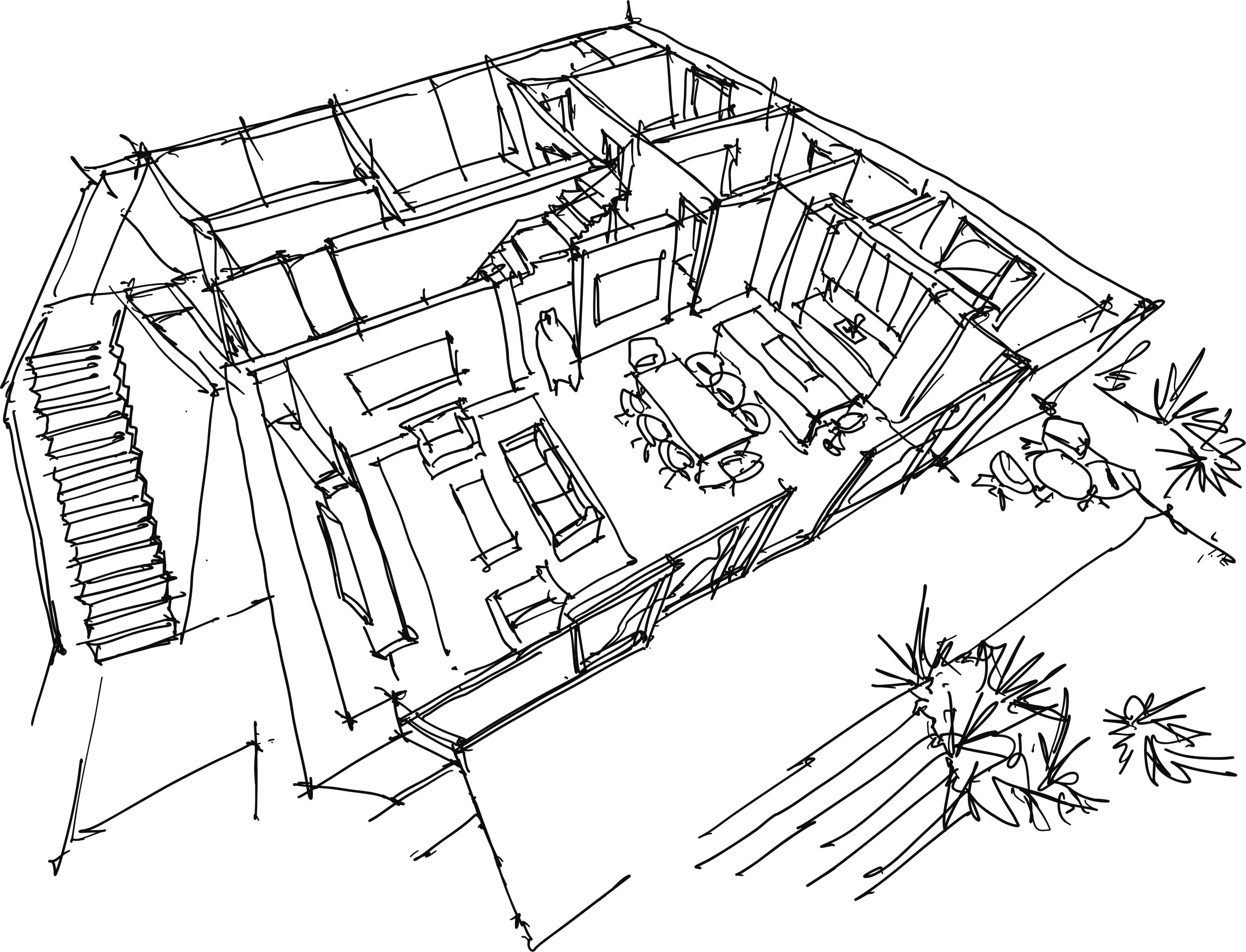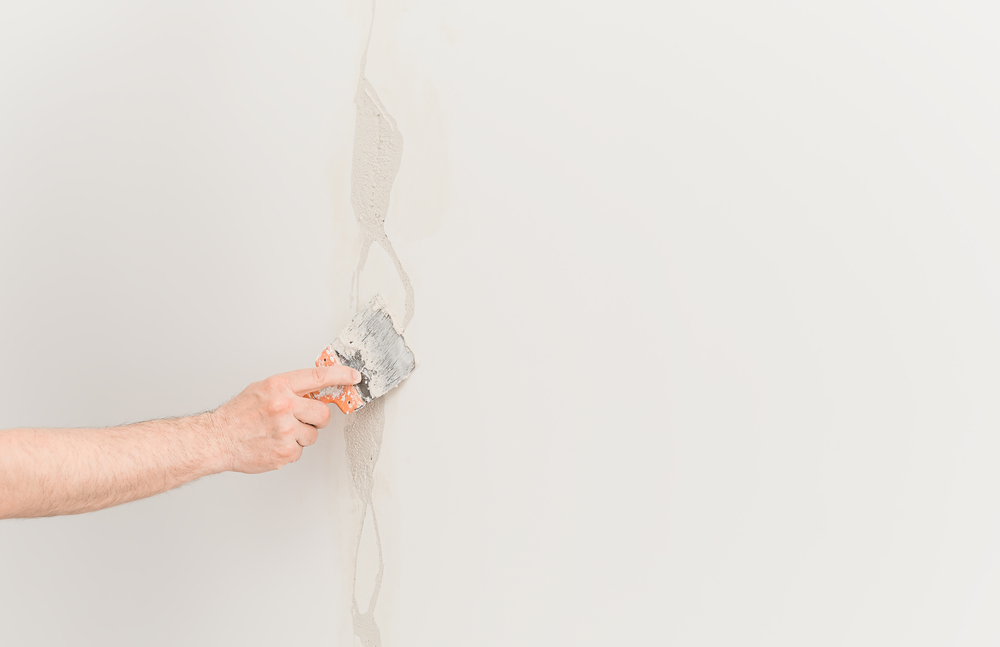How to Read an Engineering Report

You have probably heard about building inspectors, right? You know that it is a good idea to have one look over your home before you sell or buy to make sure that everything is safe, stable, and in working order. But do you know what these inspectors actually do? And if they find a problem with your home, do you know who you should turn to next? Lastly, (once you have one available) do you know hot to read an engineering report?
Table of Contents
What to Do if You Are Worried About Your Home

If you are concerned about the integrity and safety of your home, then you may want to seek out professional advice from a home inspector or a structural engineer. These experts can generate reports that diagnose problems with your house. Then, they can help you fix up your home and safeguard your investment.
On this page, we will walk you through the details of structural engineering reports: what they are, how to go about getting one, and how to interpret it once the report is complete.
What is a Structural Engineering Report?

A structural engineering report is a detailed finding made by experts who evaluate your home during an inspection. The specifics of each report will vary based on the company you hire to complete the inspection, as well as the state of your home.
Typically, a structural engineer will visually inspect the roofing, foundation, soil, and the home’s interior and exterior to determine the soundness of the structure. Then in the days and weeks after the inspection, they will thoroughly document their findings in a report that is sent to you, the client.
Uses of Structural Engineering Reports
These reports can help homeowners value their homes, as well as know what needs to be repaired. For home buyers, engineering reports can give them valuable information on their new investment.
So no matter if you are buying or selling, if you think there may be structural issues with your home, there is good reason to have it evaluated by an expert.
Home Inspectors vs. Structural Engineers

Most home buyers are familiar with building inspectors, so you may have a general iidea of what they do. At first glance, it may even sound like structural engineers and building inspectors do the same job. While their rolls are similar, they are not exactly the same, and you may need to hire both of them to ensure the safety and integrity of your home.
In this section, we will discuss the differences between building inspectors and structural engineers, as well as the process for hiring both of them.
First, Hire a Home Inspector
A building or home inspector will often do the initial visual evaluation of the home. If they notice anything particularly concerning, they may refer you to a structural engineer with expertise in the particular problem that needs to be evaluated.
A home inspector’s report may look something like this. As you can see, the report notes anything that may be of interest to the home owner or buyer, while also recommending next steps to rectify the problem if warranted. Some issues can be easily fixed, like cleaning out gutters or replacing vent covers. Others require professional tradesmen, like plumbers or electricians.
And then, some issues, like cracked foundations, warped floors, or cracked walls, require structural engineers.
Next, Hire a Structural Engineer
If your home inspector recommends that you speak with a specialist about structural issues in your home, then you will need to hire a structural engineer. These licensed experts will visually inspect your home and will then create an engineering report.
This is similar to the home inspector’s report, but it focuses specifically on construction issues like sagging, cracks, and warps in your walls, foundation, floors, beams, and roof. A structural engineering report will not be concerned with easy fixes like clogged gutters, but instead will narrowly examine the fundamental safety issues that could put your home and your self at risk.
Think of it like this: the building or home inspector is like your local GP. You have them do a general health check up on your home. If they notice signs of a “sickness” they are not qualified to treat, then they will refer you out to a specialist. Structural engineers are one of these specialists. They are uniquely qualified to examine, diagnose, and potentially help treat any issue in the “bones” of your home.
Interpreting Your Structural Engineering Report

Once you have hired an engineer and get your report, you will need to know how to read it. In this section, we will show you an example of an engineering report, and we will talk you through understanding the important sections that are typically included. That way, you can fully understand your home’s issues, and can then take informed steps to solve them.
The report will be an organized and thorough explanation of everything the engineer determines during their inspection. Take a look at this sample to get a better idea of the structure you can expect. While this sample is a good base point for understanding how to read an engineering report, it is not all encompassing. Each home and its needs is different, so be sure to discuss your specific concerns and what deliverables you need with your engineer before they complete their report.
The Introduction
Generally, your report will begin with an introduction that lists the details of your property, like the address, the owner’s information, and the general description of the building. It will also detail who hired the structural engineer, and for what purposes the report may be used (mortgage lending, insurance, etc.).
The introduction may also include a description of how the evaluation was conducted. Like we mentioned before, this is usually a non-invasive, visual inspection. If anything more in depth was done, that will be listed here.
The Inspection Results
Next, you’ll find the meat of the report: the results of the engineer’s survey. The report will methodically go through the different rooms of the home, examining both the interior and exterior for structural issues.
Often, this will includes cracks in the walls or foundation of the building, as well as any sloping or sagging. Most reports will include pictures of each exhibit, as well as a detailed description of the problem. This portion of the report is particularly helpful when hiring contractors to fix these construction defects.
The Summary
Finally, at the end of the report, you will find the engineer’s conclusions. Here, the engineer will lay out what they believe caused the issues. Then, they will close the report by recommending the appropriate next steps.
If you are lucky, the issues will be minor. However, sometimes your engineer will recommend that you hire the necessary professionals to fix dangerous construction flaws. Some engineers will recommend specific contractors, while others will simply detail the specific work that needs to be done. Either way, this final portion of the engineering report is critical for ensuring the safety of your home and your investment.
How to Fix Structural Issues in Your Home

Reading an engineering report can feel overwhelming. No one wants to find out that their home is not as safe and sound as they had thought. The consequences of structural issues can be broad ranging and difficult to remedy. From mold growth and leaks, to sinking and upheaval. The good news is, this can be fixed before it gets too bad.
Small Cracks Can Be Fixed with Concrete or Epoxy
You may be able to seal smaller cracks with concrete or epoxy filler. This seal will not address any of the potential structural issues, but it will prevent water from seaping in and causing mold or mildew issues. After all, some cracks can be caused by natural settling of the house and do not pose any risk to the structure. These cracks may only need this kind of simple fix. But when in doubt, it is best to reach out to a professional.
Do Not Try to Fix it Yourself
No matter how handy you are, or how much you love DIY, please do not try to fix major foundation issues yourself. Big cracks and cracks that form a stair step pattern are a cause for real concern. This is a serious problem that engineers study and apprentice for years to understand. Since the consequences of messing up could be severe, it is best to leave this in the hands of a trusted professional. After all, spending a bit of money at the beginning of this process can save you even more money and frustration in the long run.
Prevent Cracks Before They Happen
Try to prevent cracks before they happen. One of the best ways to do this is to waterproof your home as best as you can. Make sure that drains and spouts take water away from the building, and fix any pipe leaks or plumbing issues as promptly as possible. This can prevent erosion and rot or not only your home, but also of the soil beneath the foundation.
Unfortunately, not all cracks are preventable. But with the help of a structural engineer, you can get a better understanding of the integrity of your home and take the necessary steps to protect it for years to come.




